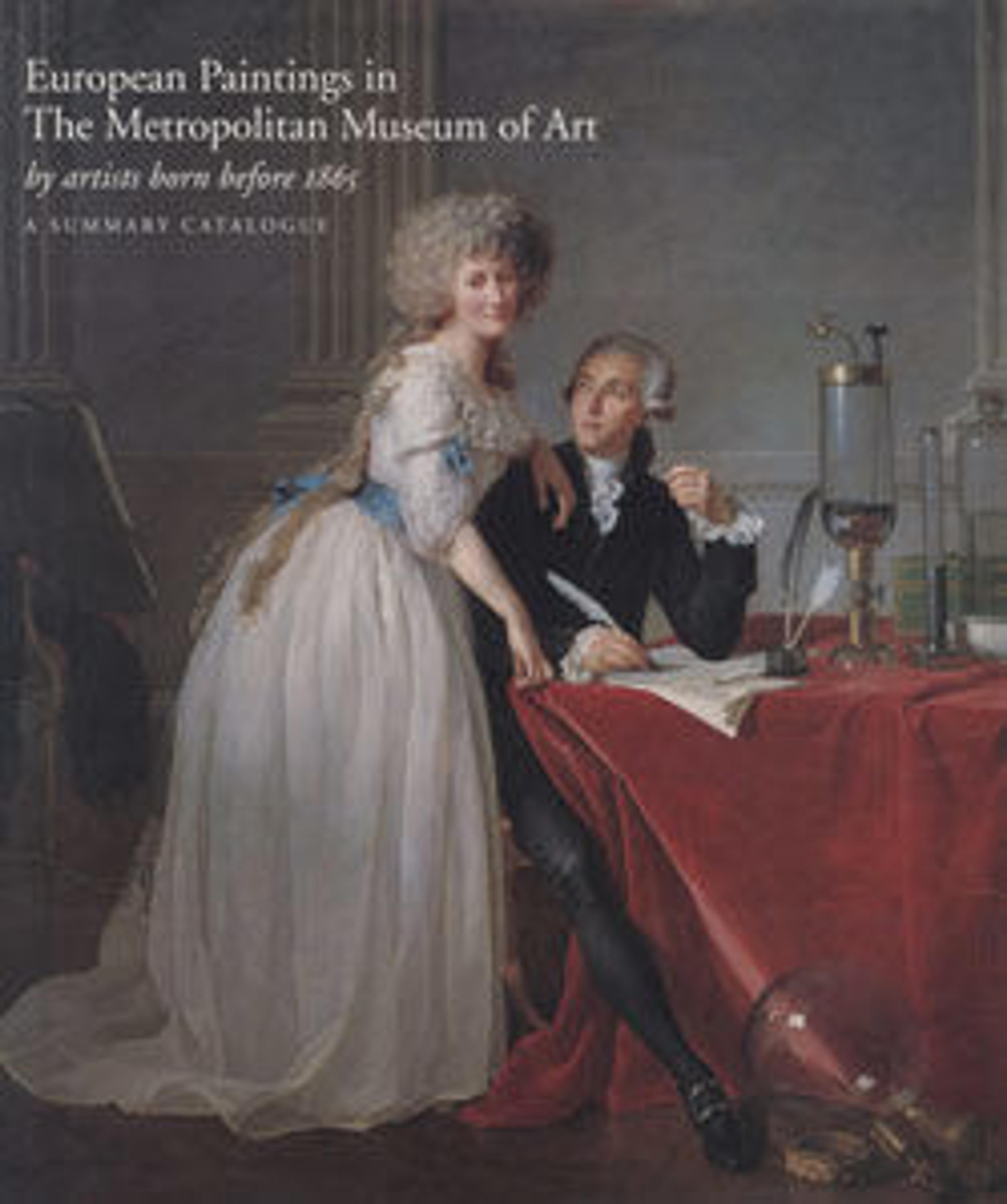Saint Ursula and Her Maidens
Saint Ursula is shown with some of the eleven thousand virgins with whom she is said to have been martyred by the Huns around 383 CE. A leading late Gothic painter in Venice, Niccolò seems to have had contact with northern, perhaps Bohemian, art, and was also deeply influenced by Michelino da Besozzo and Gentile da Fabriano, both of whom were active in the city. The decorative richness of Niccolò’s paintings derives from Venice’s trade with the Middle East and the importation of Islamic textiles.
Artwork Details
- Title: Saint Ursula and Her Maidens
- Artist: Niccolò di Pietro (Italian, Venetian, active 1394–1427/30)
- Date: ca. 1410
- Medium: Tempera and gold on wood
- Dimensions: 37 x 31 in. (94 x 78.7 cm)
- Classification: Paintings
- Credit Line: Rogers Fund, 1923
- Object Number: 23.64
- Curatorial Department: European Paintings
More Artwork
Research Resources
The Met provides unparalleled resources for research and welcomes an international community of students and scholars. The Met's Open Access API is where creators and researchers can connect to the The Met collection. Open Access data and public domain images are available for unrestricted commercial and noncommercial use without permission or fee.
To request images under copyright and other restrictions, please use this Image Request form.
Feedback
We continue to research and examine historical and cultural context for objects in The Met collection. If you have comments or questions about this object record, please contact us using the form below. The Museum looks forward to receiving your comments.
